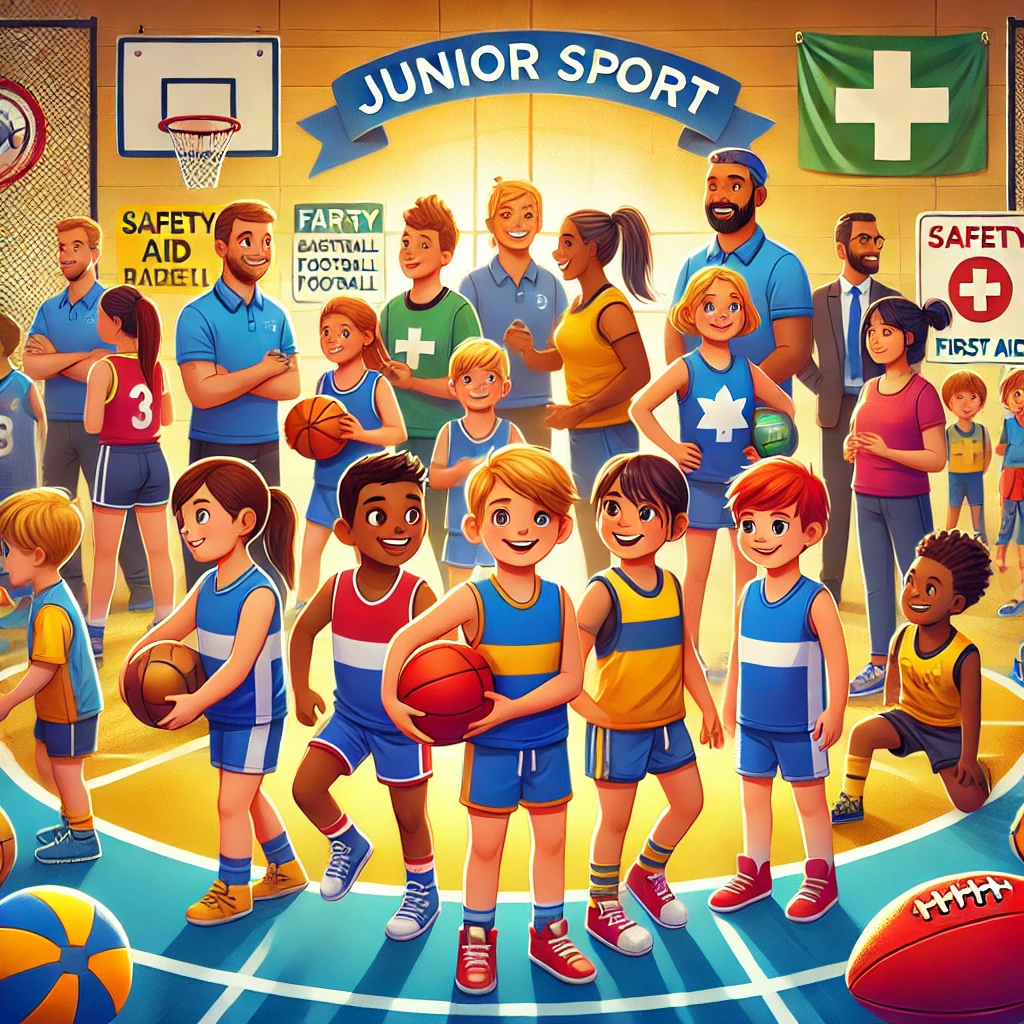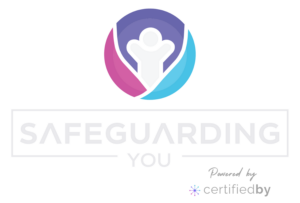In the dynamic world of junior sport, safeguarding children is paramount. As guardians of their well-being, it’s our collective responsibility to ensure that young athletes are not only thriving but also protected from harm. This guide aims to provide practical steps and essential knowledge to create a safe and nurturing environment for all junior sports participants.
Understanding Child Safeguarding
Child safeguarding involves proactive measures to protect children from abuse, neglect, and exploitation. It encompasses creating safe environments, establishing clear policies, and ensuring everyone involved in junior sport is educated about their roles and responsibilities
Key Elements of a Robust Child Safeguarding Program
- Policy Development and Implementation
- Establish clear, comprehensive safeguarding policies.
- Ensure these policies are accessible to all stakeholders: coaches, volunteers, parents, and the athletes themselves.
- Regularly review and update policies to align with current best practices and legal requirements.
- Encourage consultation with parents and young people in creating policies and encourage feedback.
- Education and Training
- Conduct regular training sessions for coaches, volunteers, and staff.
- Focus on recognising signs of abuse, appropriate response protocols, and understanding boundaries.
- Provide age-appropriate education for young athletes about their rights and what constitutes unacceptable behaviour.
- Safe Recruitment Practices
- Implement stringent recruitment processes, including background checks for all staff and volunteers.
- Conduct thorough interviews and reference checks to ensure the suitability of individuals working with children.
- Ensure Working with Children Checks or similar are regularly checked to ensure they are still valid.
- Creating a Safe Environment
- Develop a culture of openness where children feel safe to express their concerns.
- Ensure physical environments are secure, regularly maintained, and free from hazards.
- Establish clear codes of conduct for behaviour and interactions.
- Reporting and Responding to Concerns
- Set up clear, accessible reporting mechanisms for children, parents, and staff.
- Ensure all reports of concern are taken seriously and acted upon promptly.
- Maintain confidentiality while ensuring appropriate actions are taken to protect the child.
Practical Tips for Parents
- Communication is Key: Maintain open lines of communication with your child and their coaches. Encourage children to speak up if they feel uncomfortable or threatened.
- Stay Informed: Familiarise yourself with the club’s safeguarding policies, procedures and personnel.
- Be Vigilant: Look out for any signs of distress or changes in behaviour in your child. Trust your instincts and report any concerns immediately.
- Participate Actively: Engage in club activities and attend training sessions. Your presence and involvement can deter potential issues and reinforce a safe environment.
In a nutshell….
Creating a safe and supportive environment for young athletes requires a collective effort. By implementing robust safeguarding measures, educating all stakeholders, and fostering an open and vigilant community, we can ensure that junior sports remain a positive, enriching experience for all participants.
At Safeguarding You, we are committed to supporting leagues, clubs, officials and parents in this vital mission with affordable and educational online programs that upskill, audit and improve safeguarding (and concussion) standards.
Let’s work together to protect our future stars.




